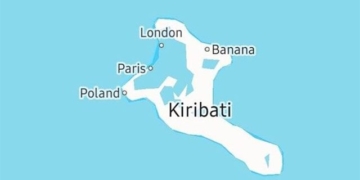In just the past 50 years, the population of the Pinyon Jay has decreased by approximately 80%.
The “Strong Bond” Between the Pinyon Jay and Pinyon Pine Forests
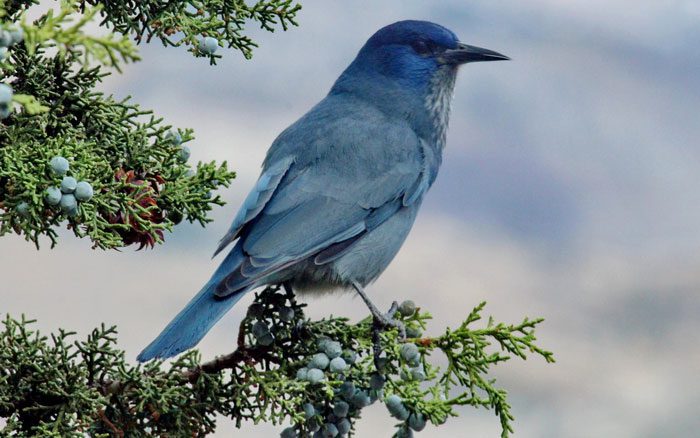
Pinyon Jay.
The cheerful chirping echoes throughout the Ortiz Mountains in northern New Mexico, as flocks of Pinyon Jays glide through the pinyon pine forests at the foot of the mountains. It seems they are having delightful conversations with one another.
The Pinyon Jay primarily feeds on pinyon pine nuts and tends to concentrate in the mountainous areas during the fall and winter. During other times of the year, they can be easily spotted in more open areas, such as highways.
Peggy Darr, a resource management expert with the City of Santa Fe’s Open Space, Trails, and Parks Program, emphasizes that conservation efforts are crucial not only for the birds but also for the entire pinyon pine ecosystem.
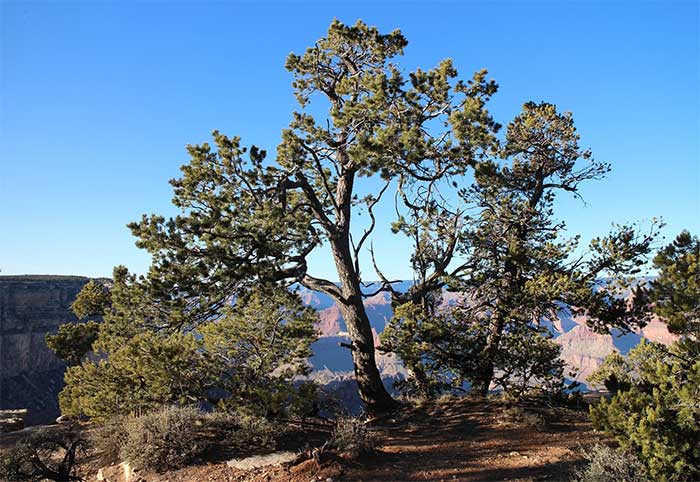
Pinyon pine is the primary habitat for the Pinyon Jay.
The Pinyon Jay and the pinyon pine are entirely dependent on each other; the pine nuts provide essential nutrients for the birds, while the Pinyon Jays help disperse the seeds to farther lands. This beautiful blue bird is a key factor in expanding the pinyon forest area to over 150,000 square miles (more than 388,000 km²) across 13 western states in the U.S.
Pinyon Jays are resident birds in 11 western U.S. states, with one-third of their population residing in Mexico. Together, Pinyon Jays and pinyon pines create habitats for many species, including some that are on the brink of extinction.
Additionally, pinyon pines play a vital role by providing traditional food sources for indigenous tribes and the Hispanic community in New Mexico.
There was a time when these blue birds traveled across the West in massive flocks of hundreds during the winter months. Now, spotting flocks of up to 100 birds has become exceedingly rare.
The Pinyon Jay is listed as one of the “most at-risk species” in New Mexico. This year, wildlife protection organizations have proposed listing this species as endangered, citing that they do not receive comprehensive protection at the federal and state levels.
At a time when drought and wildfires are reaching record levels in New Mexico, land managers are racing to implement measures to prevent wildfires. Just this year, Congress allocated billions of dollars to federal agencies to carry out conservation plans for millions of acres of forest land.
Among these measures, the best way to manage forests with high tree density is through thinning, which involves reducing the number of trees using machinery, manually, or with herbicides.
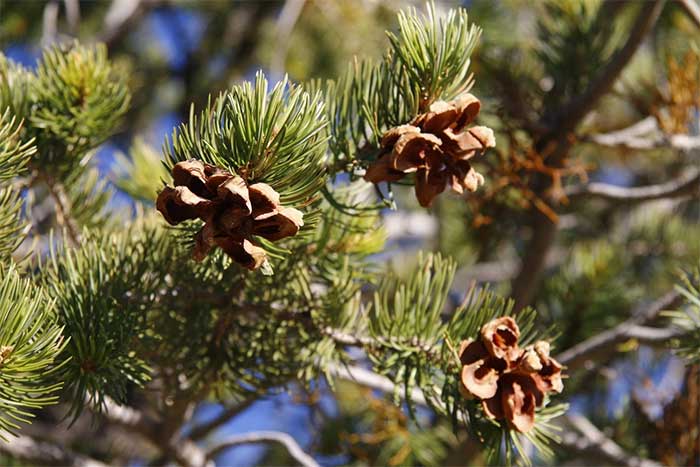
Not only does it provide food and nesting sites for Pinyon Jays, but this pine species is also an important food source for indigenous people.
Forest thinning, combined with climate change, has become a primary cause of the significant decline in Pinyon Jay populations.
The Worrying Future of the Ecosystem
While state managers are doing their utmost to prevent wildfires, biologists like Darr are sounding the alarm that thinning methods are degrading the habitats of many species, particularly the Pinyon Jay.
In 2004, the International Union for Conservation of Nature listed the Pinyon Jay in the Red List, a catalog of bird species at risk of extinction. It noted that the current decline rate of this beautiful bird exceeds 3% per year, with losses from the 1940s to the 1960s potentially reaching millions. During that same period, it is estimated that around 3 million acres of pinyon forest were destroyed to create grazing lands for livestock.
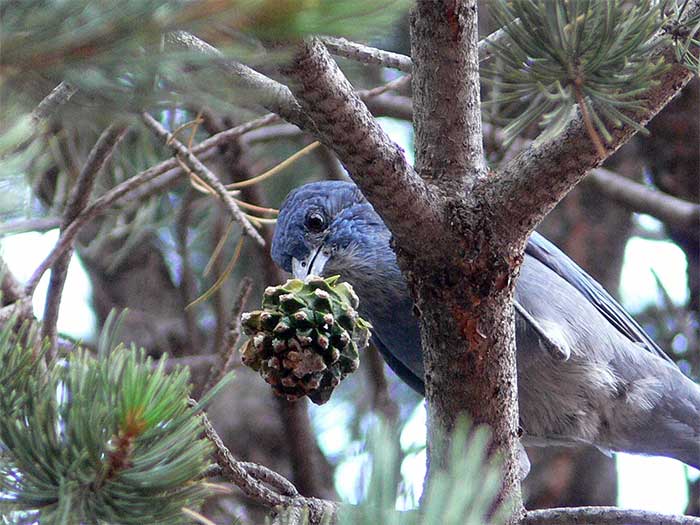
This beautiful bird is at great risk due to wildfire prevention efforts.
Kristine Johnson, a retired professor from the biology department at the University of New Mexico, has dedicated 20 years of her life to studying the Pinyon Jay and its habitat. She shares that while there has been no specific research on the direct impacts of tree thinning on this endangered bird, it is clear that too low a tree density will affect the birds’ nesting environment.
According to her, not all pinyon forests provide suitable habitats for Pinyon Jays. Recently, Johnson developed a model based on previous field studies to predict the nesting environments of the birds across New Mexico. The results indicate that these blue birds tend to nest in large trees with dense canopies that are minimally affected by human activity, and such environments are unfortunately “surprisingly scarce.”
In 2022, the New Mexico Avian Conservation Partners (NMACP) made recommendations regarding the management of pinyon pine proposed by Darr, Johnson, and others.
Darr states that unlike other groups, she and the biologists at NMACP believe that science is capable of recommending that land managers reconsider or reduce thinning practices to conserve the habitat for Pinyon Jays.
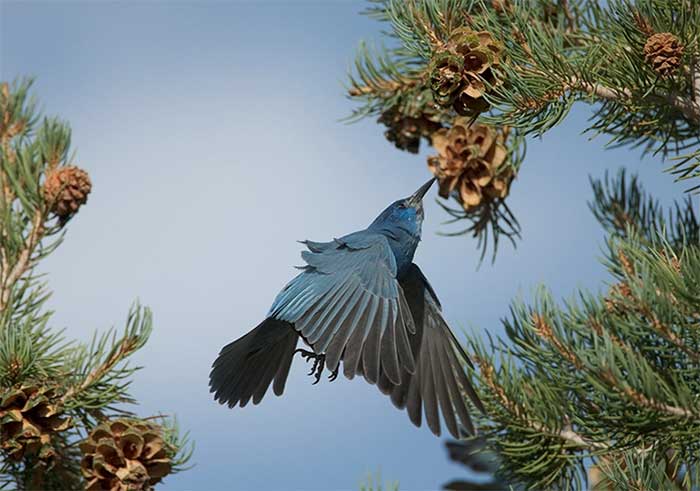
The blue bird holds a pine cone and extracts seeds with its long, curved beak.
The petition includes preliminary estimates of the total area of pinyon pine ecosystems inhabited by Pinyon Jays in the states, conducted by the Bureau of Land Management and the U.S. Forest Service. The estimates indicate that the suitable habitat loss for Pinyon Jays in the states is over 440,000 acres (more than 1,700 km2) affected.
However, the attitude of management organizations remains quite “general” and they state that they are receiving recommendations or considering further. This is why listing the Pinyon Jay as an endangered species is incredibly important. This move would have a “huge impact” that would compel agencies to change their plans.
Pinyon Jays are the greatest hope for restoring pinyon pine forests. If this bird goes extinct, the forests will not be able to recover, and the lives of the indigenous people who depend on the pinyon forests will also face significant risks.

















































